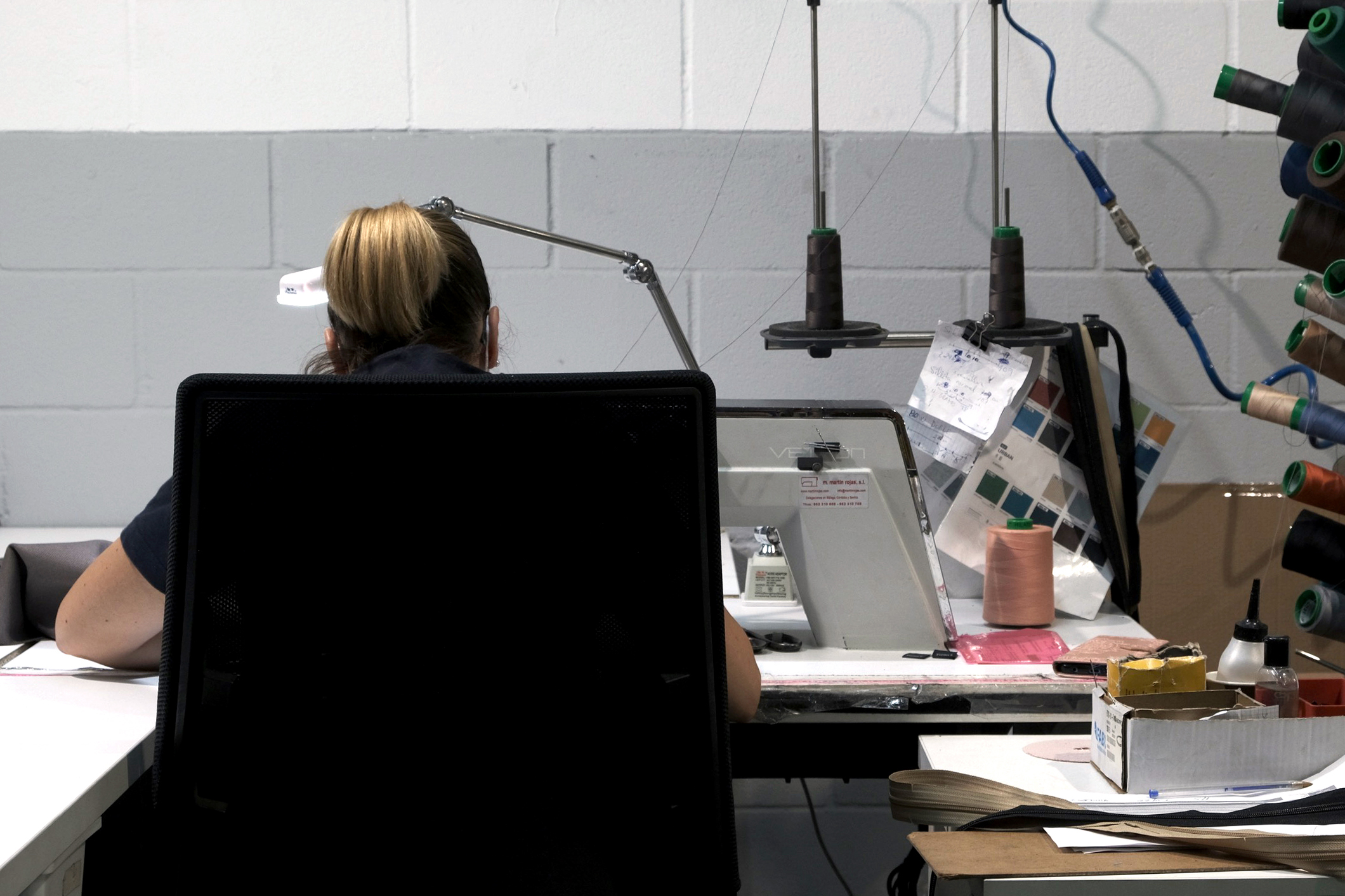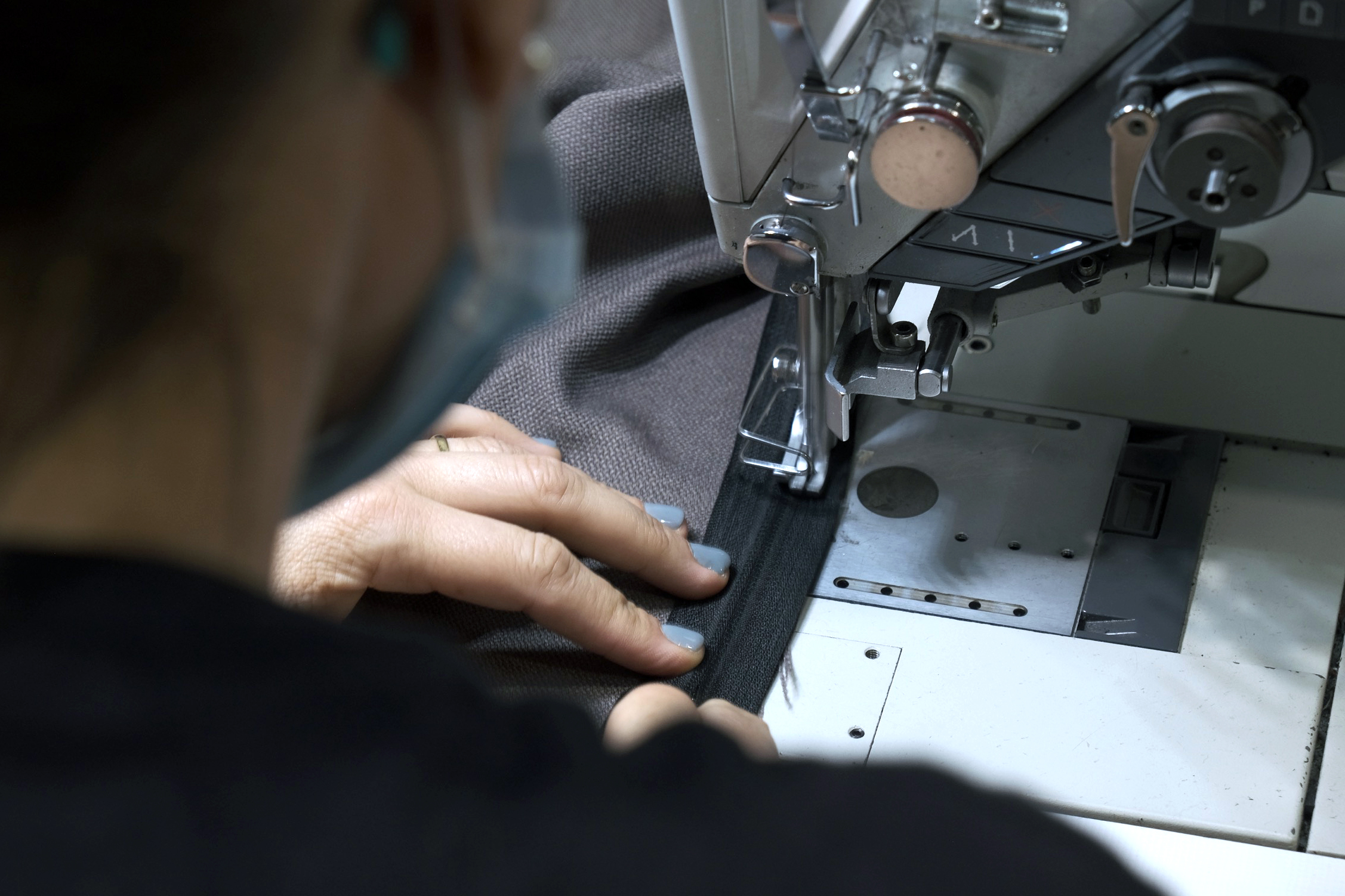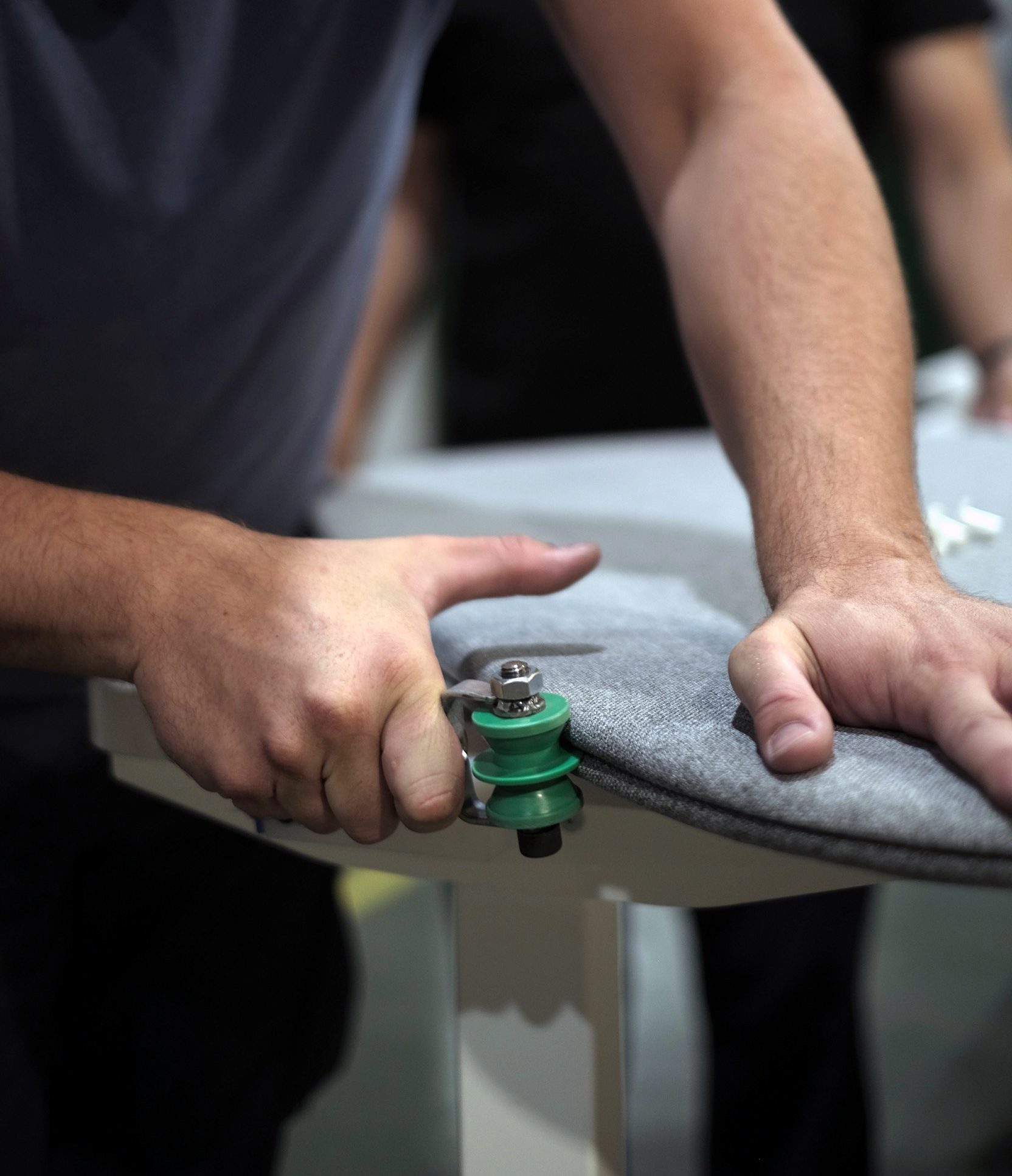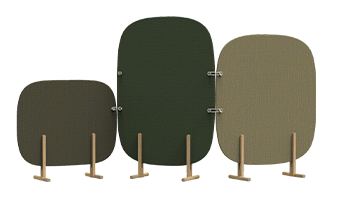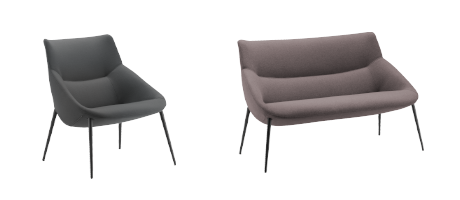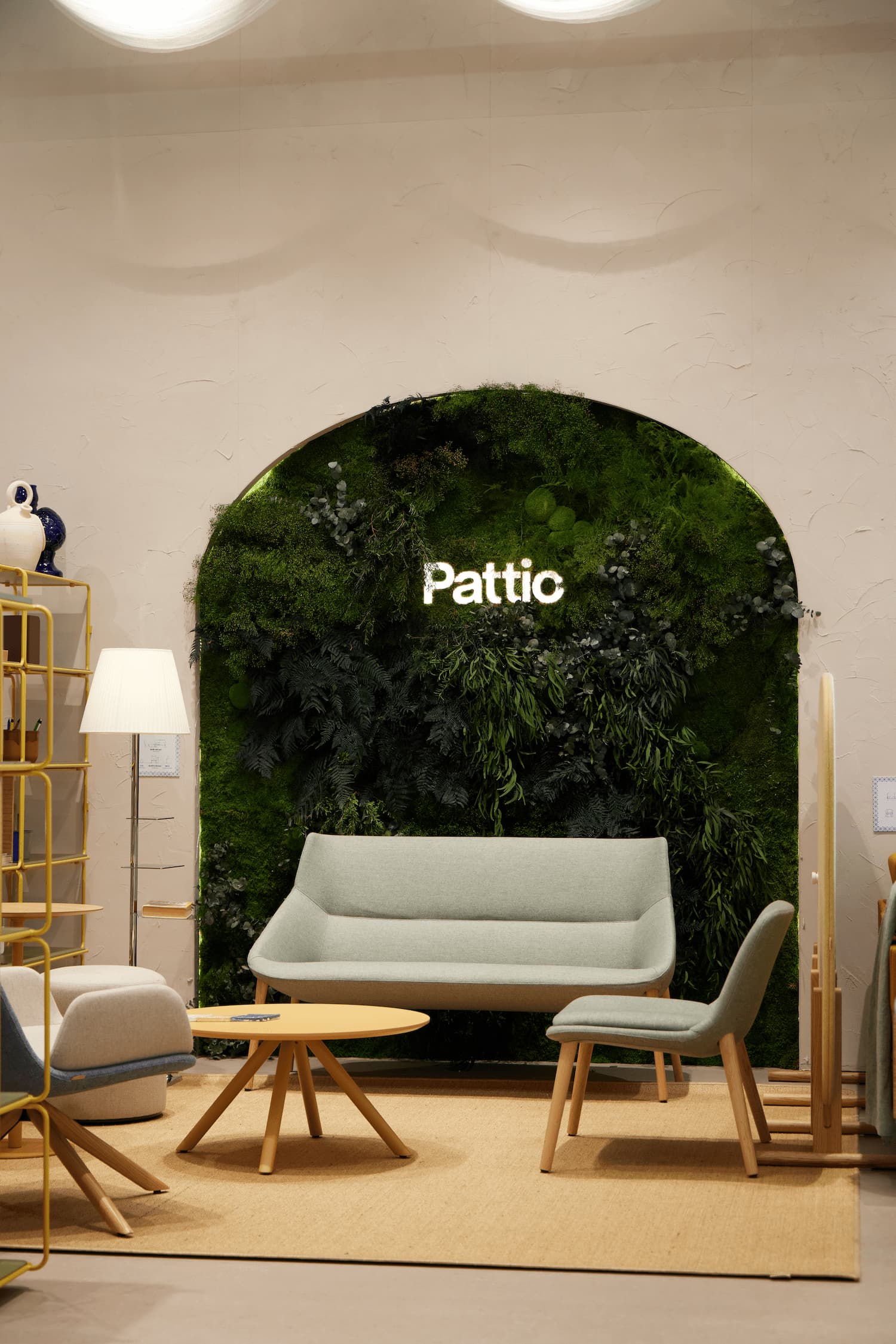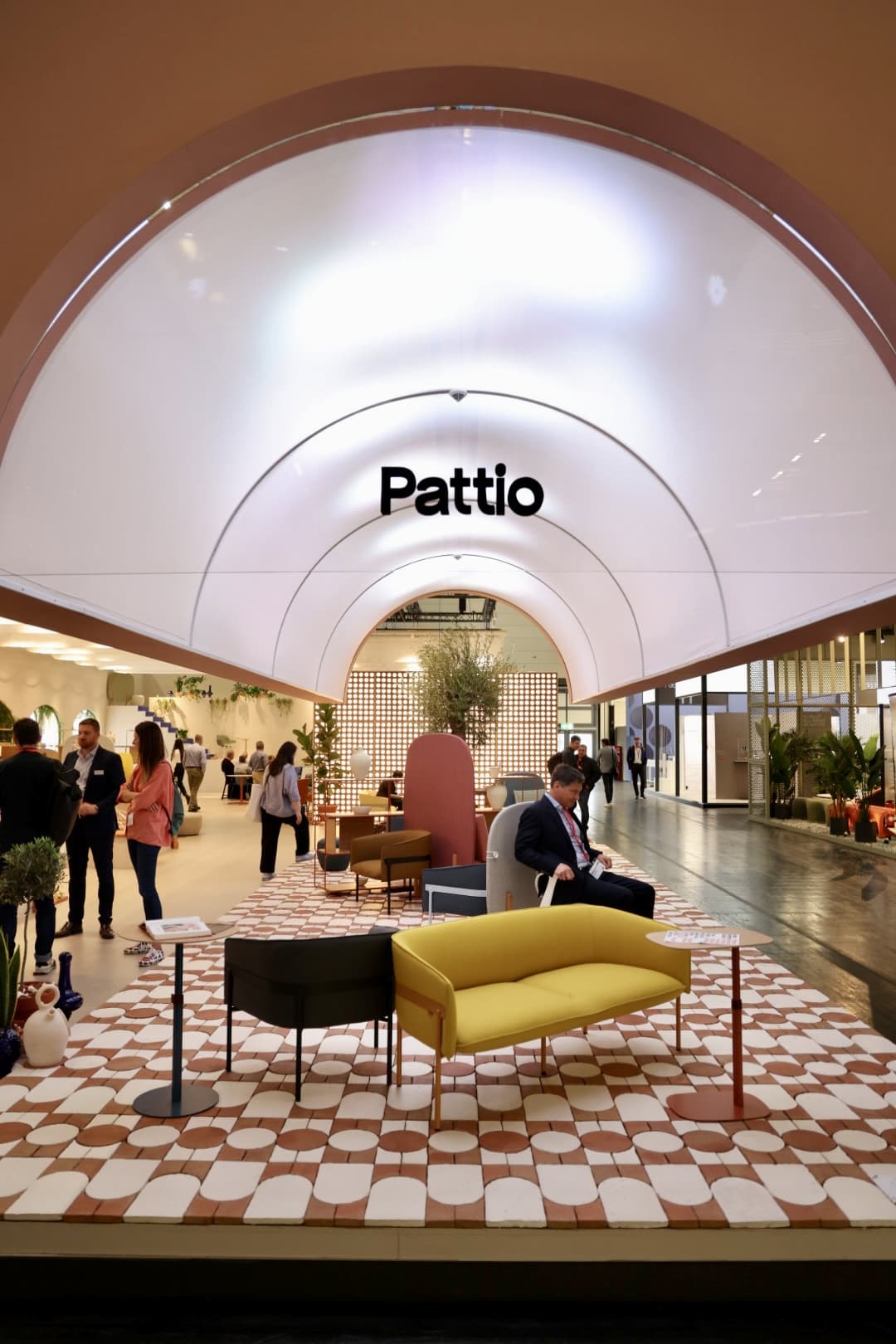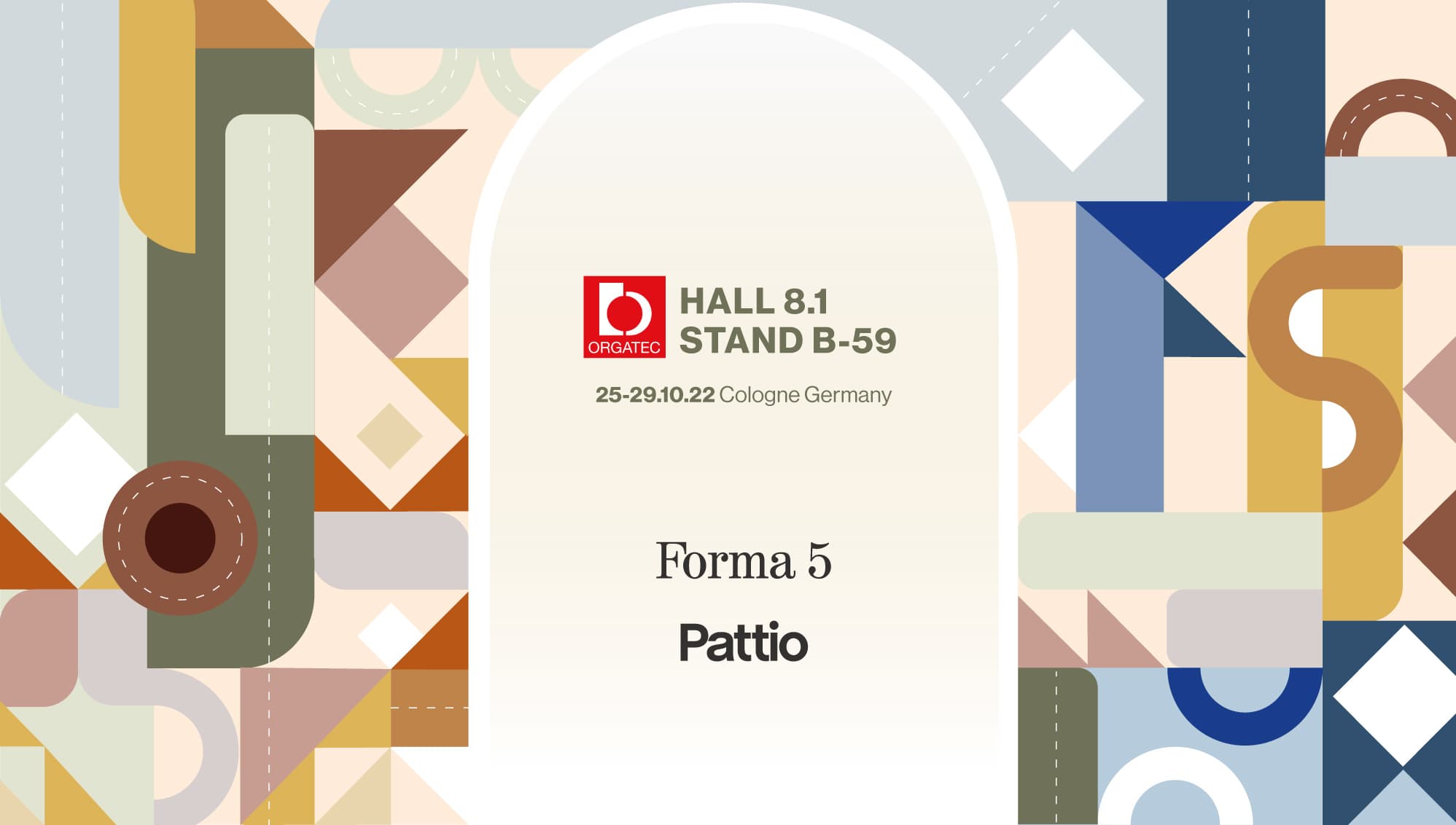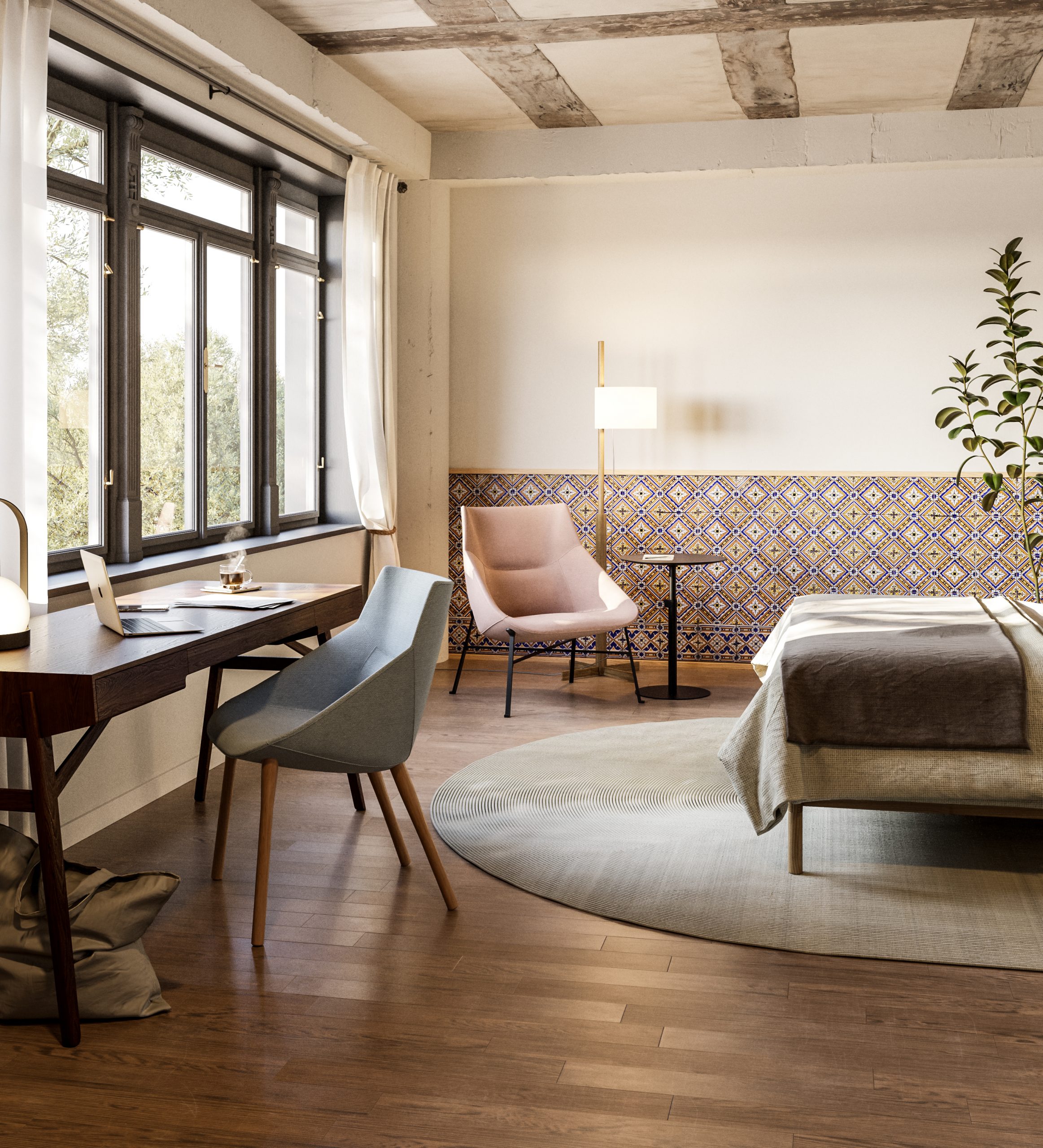Craftsmanship and design go hand in hand towards creating a new form of consumption
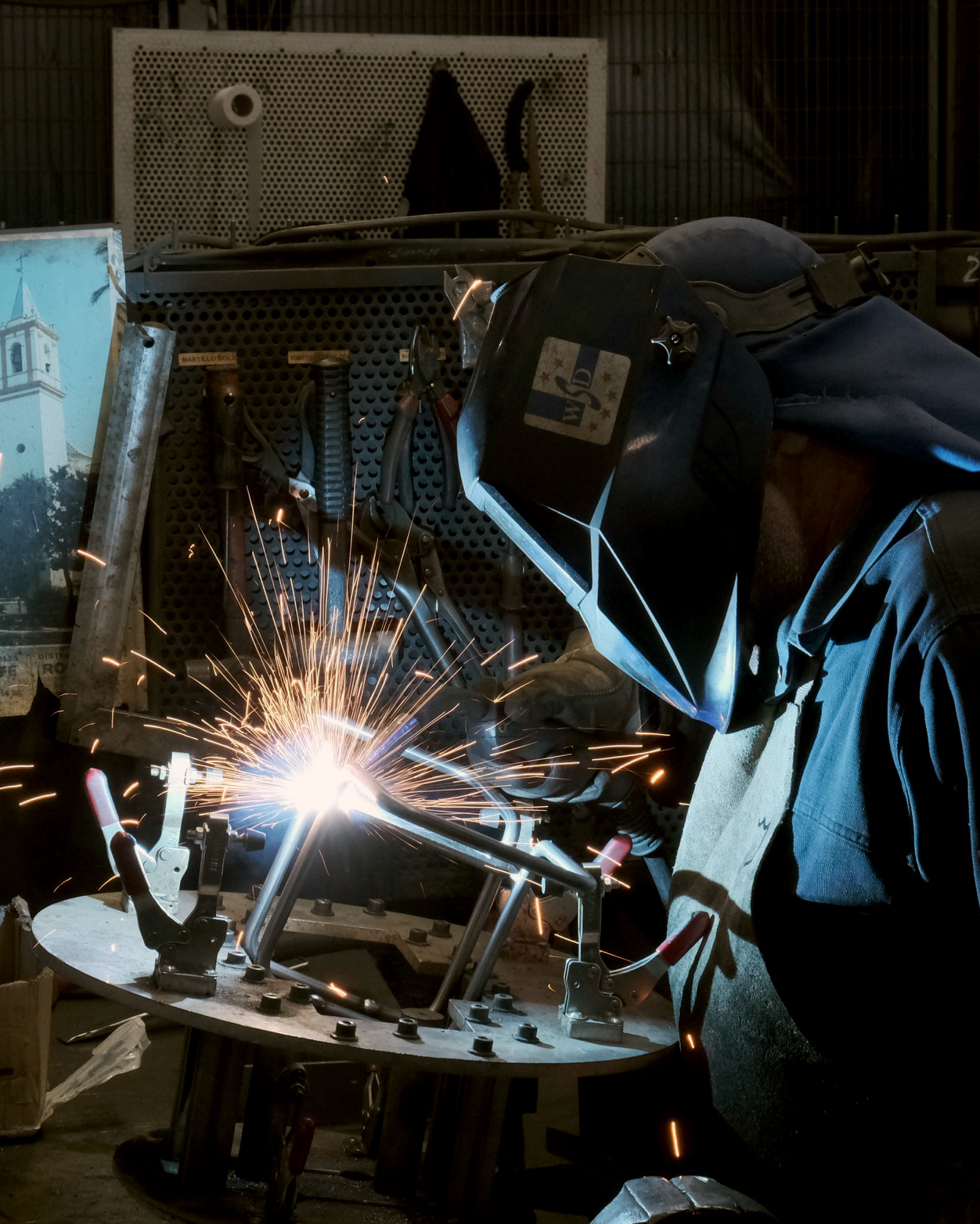
The antagonism between industrial design and craftsmanship has been a constant in consumption patterns since the industrial revolution.
Industrial design conceives a functional and aesthetic product that can be produced in the thousands or millions of units. Products which, in a global market, are exactly the same for people all over the world: household appliances, cell phones, furniture, textiles, etc., are distributed globally. Any difference between two products of the same model and brand can be considered a fault of quality; for example, if we buy two chairs and one is higher than the other we would think that the manufacturer has committed a mistake.
Artisan production , on the other hand, is more manual, with methods often being shared down the generations, and local materials are much used. Artisans make their products using this knowledge and by investigating and seeking out processes and ways to treat the material used. Often, because of this manual creation, each handcrafted piece is unique. By using local materials, the artisan activates the local micro-economy and helps develop the local area.
In industrial design, the product’s added value is related to its functionality, although the consumer also appreciates its image. The value of the handcrafted product is based on its function, but it also contains a more emotional and sensory component related to the originality and personality of the piece.
Artisans often see their as a philosophy of life and their processes are more sustainable.
These approaches are, in principle, opposites of one another, but their differences are currently blurring due to multiple factors:
Recent events surrounding the global pandemic have made consumers more demanding. Respect for the environment is increasingly becoming one of the influencing purchasing decisions.
In contrast to luxurious materials, craftsmanship is increasingly valued for its closeness and emotional component.
The exclusivity and quality of craftsmanship is increasingly found in a more exclusive and detail-oriented form of consumption that makes each piece almost a work of art.
The synergy between design and craftsmanship has proved a successful combination of those who know the market and its trends and those who master the technique and the material. When both aspects come together, it becomes possible to reach a wider audience with pieces that were previously accessible to very few people.
But how does this collaboration between design and craftsmanship take place?
Nowadays, it’s very common to see industrial pieces that incorporate a handcrafted element, that is ay, products featuring both forms of production. This may result in a lower production capacity, but this is compensated by the product’s greater added value .
There is currently a trend of including noble materials in all types of products: fabrics made from natural fibres, iron, wood, natural stone, wicker and ceramics are used in ever more areas of production. Thus, products are perceived to be of higher quality and to be more differentiated. Often, the consumer feels “emotionally involved” with that object merely because it is handcrafted.
Moreover, using certain industrial production processes in artisan crafts and having access to a greater number of distribution points make handicrafts more profitable and competitive without losing their essence and philosophy. What’s more, the standardisation of the production process optimises the end result and the quality of the finished article.
In short, the combination of industry and industrial craftsmanship leads to the creation of highly valuable pieces that are rich in personality and which are perceived as warm and approachable and are highly appreciated. Respect for the environment and the development of local economies allow for a more sustainable and fairer mode of consumption, as opposed to the globalised consumption of recent decades.



